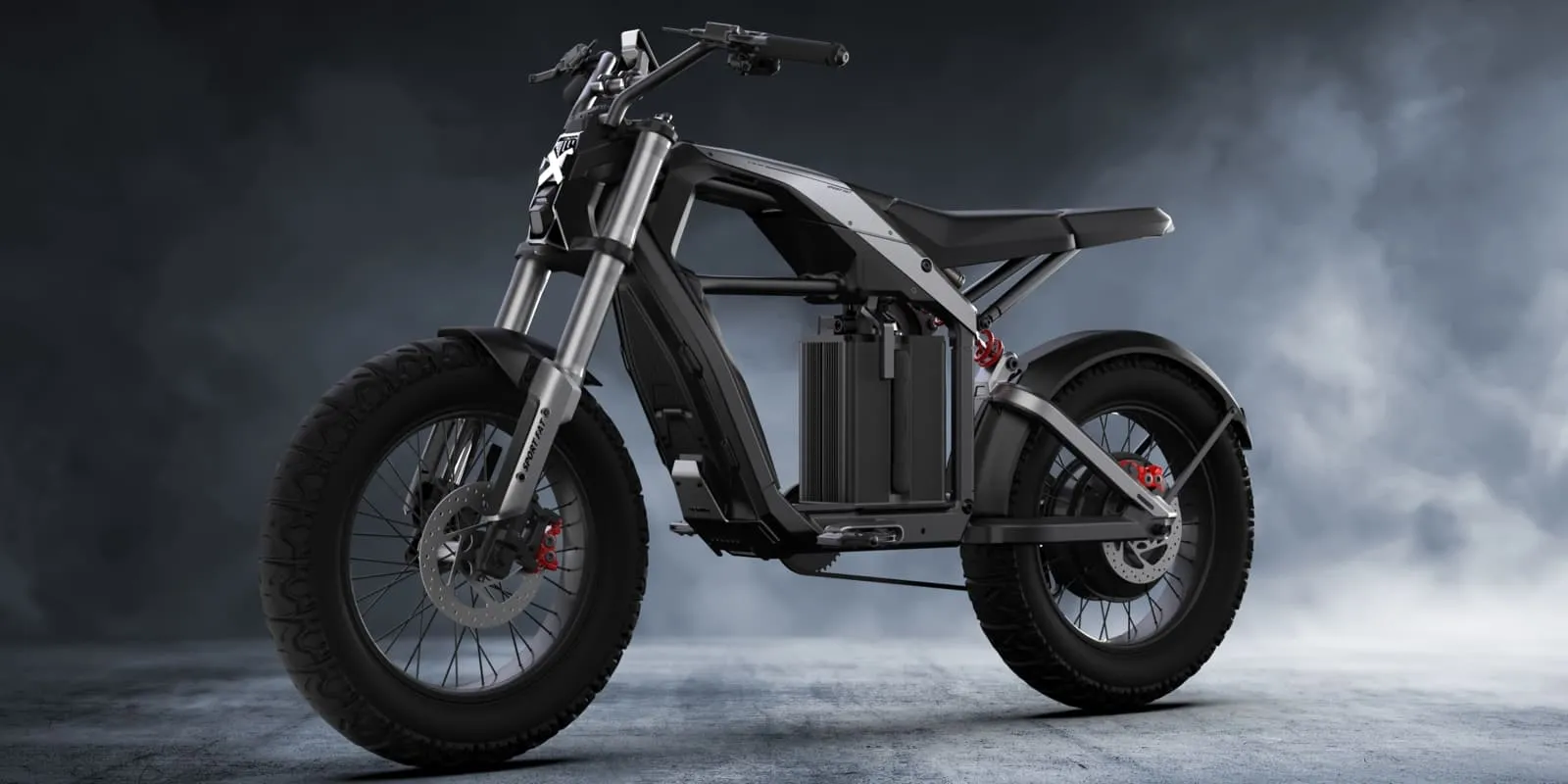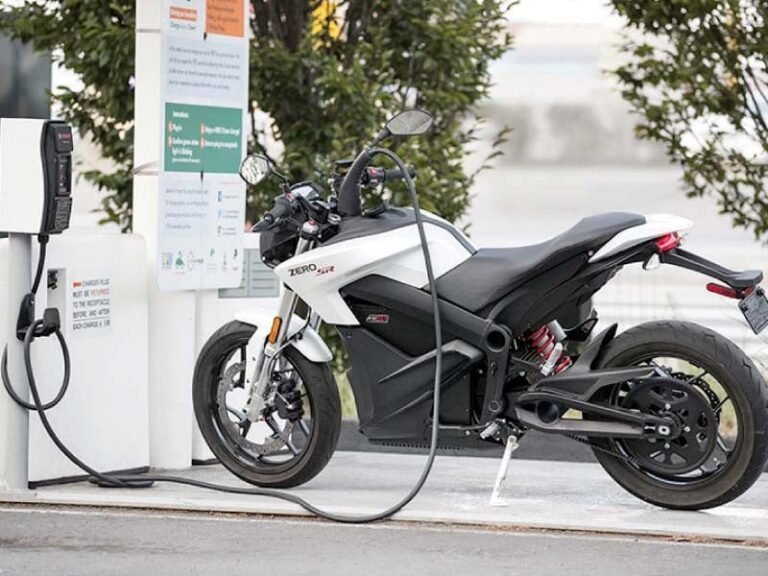Electric bikes (e-bikes) are transforming urban transportation with their blend of traditional cycling and modern electric assistance. Combining pedal power with an electric motor, e-bikes offer a sustainable, efficient, and enjoyable alternative to conventional vehicles. This article explores the key features, benefits, and future prospects of electric bikes.
1. Key Features of Electric Bikes
- Electric Motor: E-bikes are equipped with an electric motor that assists with pedaling. Motors are typically rated between 250W and 750W, providing varying levels of assistance depending on the rider’s needs.
- Battery: E-bikes use rechargeable lithium-ion batteries, commonly mounted on the frame or rear rack. Battery capacity, measured in watt-hours (Wh), affects the bike’s range, with typical ranges between 20 to 60 miles on a single charge.
- Control System: Most e-bikes feature a control system with a display that shows information like speed, battery level, and assistance mode. Riders can adjust the level of assistance based on their preferences and terrain.
- Pedal Assist and Throttle: E-bikes generally offer pedal assist, which provides power only when the rider is pedaling, and throttle mode, which allows the rider to control the motor with a throttle without pedaling.
2. Benefits of Electric Bikes
- Eco-Friendly: E-bikes produce zero emissions, making them an environmentally friendly alternative to cars and scooters. They help reduce traffic congestion and lower carbon footprints.
- Cost-Effective: Operating an e-bike is significantly cheaper than maintaining a car. With lower fuel costs, minimal maintenance, and fewer repairs, e-bikes offer substantial savings over time.
- Health Benefits: While providing motorized assistance, e-bikes still require pedaling, which offers cardiovascular benefits and helps improve physical fitness, making them a great choice for exercise.
- Convenience and Efficiency: E-bikes can navigate through traffic more easily than cars and often come with features like racks and fenders for added convenience. They also eliminate the hassle of parking and can often be used on bike lanes and paths.
- Accessibility: E-bikes make cycling accessible to a wider range of people, including those with physical limitations or who are new to cycling. The electric assistance can help with hilly terrains and longer distances.
3. Types of Electric Bikes
- City E-Bikes: Designed for urban commuting, city e-bikes offer features like fenders, lights, and cargo racks. They are ideal for daily use and short to medium commutes.
- Mountain E-Bikes: Built for off-road trails, mountain e-bikes feature rugged frames, suspension systems, and powerful motors to handle rough terrain and steep inclines.
- Folding E-Bikes: These compact e-bikes can be folded for easy storage and transportation, making them ideal for commuters who need to combine cycling with public transport.
- Road E-Bikes: Lightweight and aerodynamic, road e-bikes are designed for speed and efficiency on paved roads. They are suited for long-distance riders who seek both performance and assistance.
4. Future Prospects
The e-bike market is experiencing rapid growth, driven by increasing urbanization and a shift towards sustainable transportation. Advances in battery technology and motor efficiency are expected to extend range, reduce charging times, and improve overall performance.
Future developments may include enhanced connectivity features, such as GPS tracking, integration with fitness apps, and smart navigation systems. Innovations in design and materials will likely lead to lighter, more efficient e-bikes, further expanding their appeal and usability.
Conclusion
Electric bikes are revolutionizing personal transportation with their blend of convenience, efficiency, and sustainability. Offering numerous benefits over traditional vehicles, e-bikes are poised to play a significant role in the future of urban mobility. As technology continues to advance, e-bikes will become an increasingly integral part of our transportation landscape, contributing to a cleaner and more efficient future.


